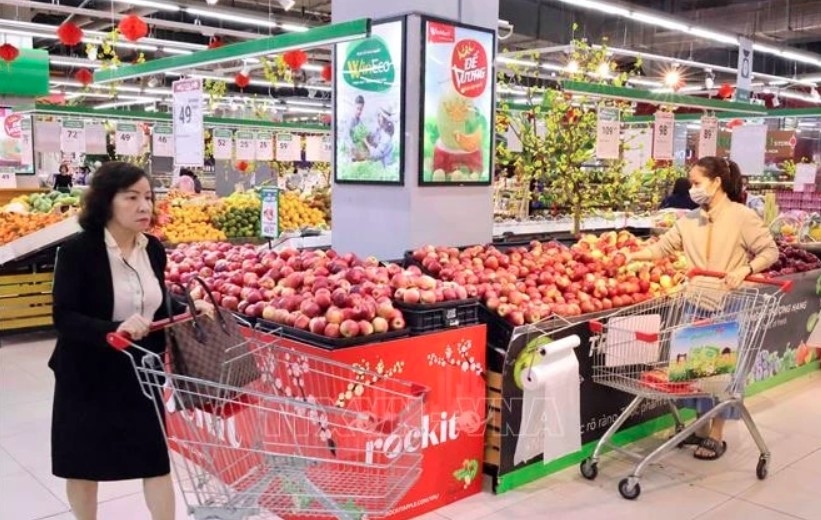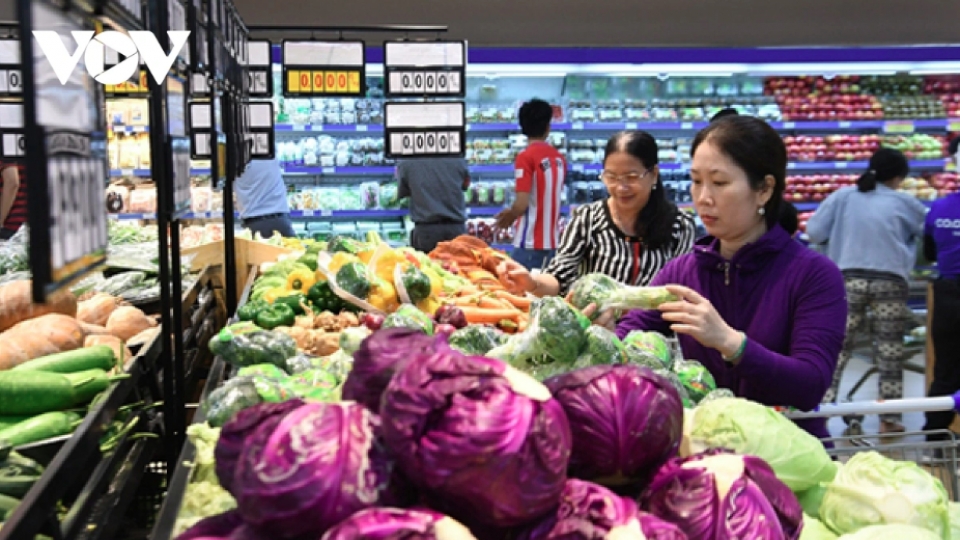Hanoi keeps CPI well under control
The March consumer price index (CPI) in Hanoi rose by 0.08% from the previous month and 2.69% year-on-year, statistics show.
The CPI for the first quarter of 2025 increased by 2.75% compared to the same period last year, indicating that inflation remains well under control, local authorities reported.
Among the category of main consumer goods and services, that of housing, electricity, water, fuel, and building materials saw a month-on-month price increase of 0.77%, contributing 0.16% to the overall CPI rise.
The culture, entertainment, and tourism group also rose by 0.62%, driven by the New Year festival season. Meanwhile, food and food services saw a price hike of 0.04%, contributing 0.01% to the CPI growth.
However, prices in four out of the 11 categories decreased compared to the previous month, with transport experiencing the largest decline of 1.3% due to cheaper petrol prices.
In Q1, medicine and healthcare services recorded a surge of 19.9%, exerting the greatest impact on the CPI, primarily due to adjustments in medical service fees at public hospitals. Additionally, the category of housing and building materials also witnessed a significant increase of 6.5%, mainly driven by higher water, electricity, and house rental prices.
In March, gold prices increased by 5.11% compared to February and 40.79% year-on-year, showing strong fluctuations in gold prices in the recent past. Meanwhile, the US dollar index also went up 0.54% month-on-month and 3.41% year-on-year, reflecting a slight increase in the foreign exchange rate.
To cope with fluctuations in these economic indicators, the municipal People's Committee will roll out measures to maintain macroeconomic stability and create momentum for sustainable development in 2025. Focus will be placed on controlling inflation, boosting price monitoring, and reasonably adjusting prices, particularly in essential categories such as housing, electricity, water, and building materials.
Additionally, local authorities will promote investment attraction, encourage businesses to expand production, and invest in key industries and high-value-added service sectors. It is necessary to strengthen coordination between state management agencies, financial institutions, and businesses to launch preferential interest rates as well as stimulate consumption and production, thus sustaining economic growth amid inflationary pressure and price volatility.




